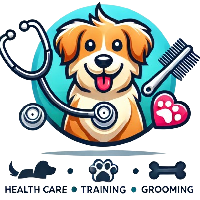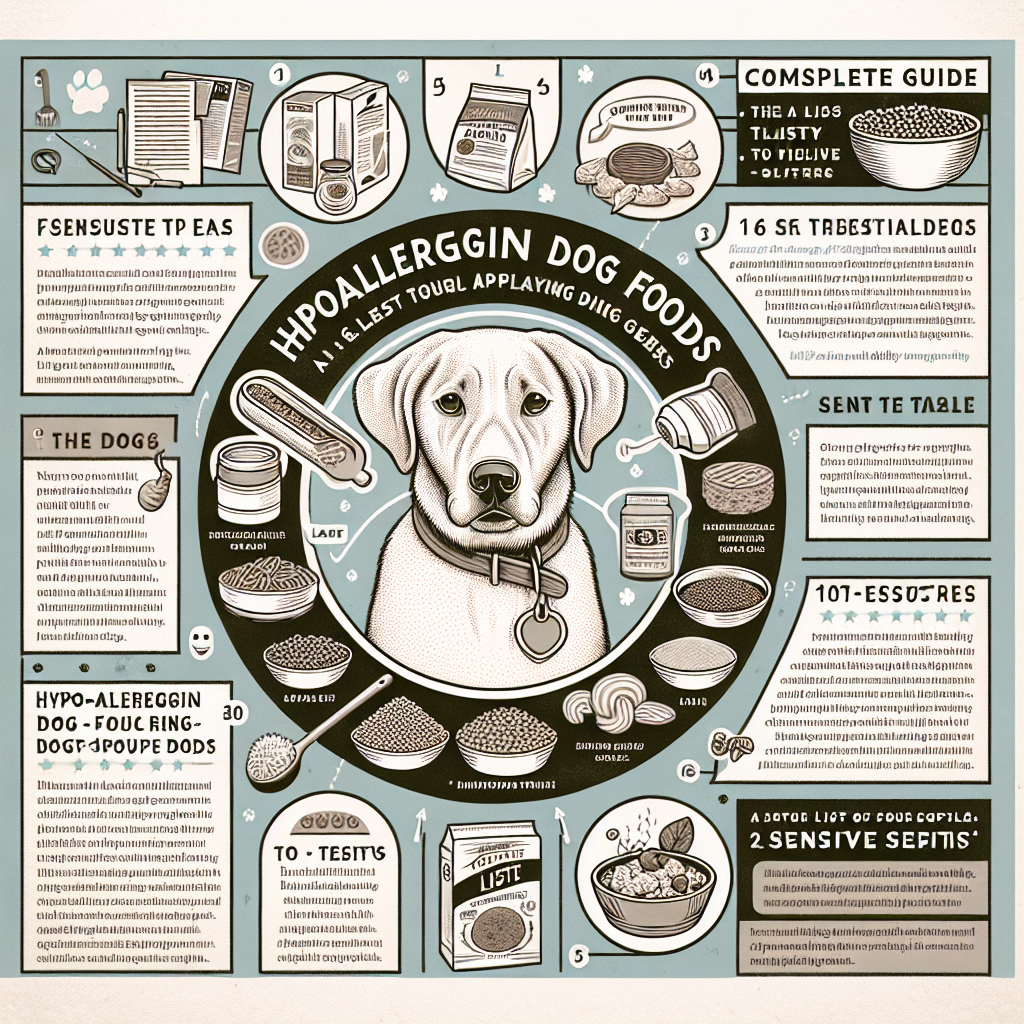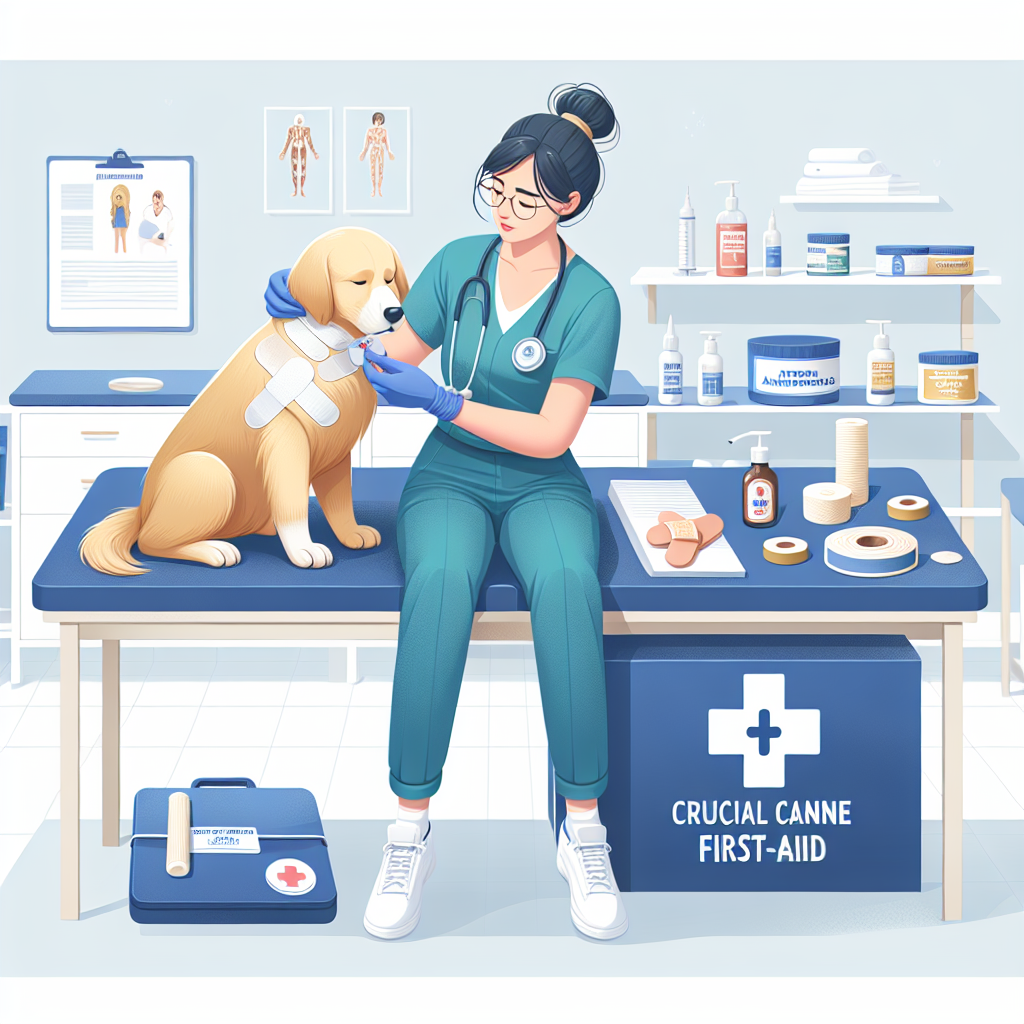
As pet owners strive to provide the best care for their furry friends, the trend of feeding dogs raw food has been gaining significant traction. But what exactly is raw dog food, and why are so many pet owners making the switch? In this comprehensive article, we will delve into the top 10 benefits of raw dog food, providing you with a thorough understanding of why this diet is becoming increasingly popular.
Introduction to Raw Dog Food
Raw dog food, often referred to as a ‘Biologically Appropriate Raw Food’ (BARF) diet, consists of uncooked meat, bones, fruits, and vegetables. This diet aims to mimic what dogs would eat in the wild, promoting natural, unprocessed foods. While traditional kibbles and canned foods are formulated to meet nutritional standards, raw diets are often viewed as a more wholesome and natural way to feed our canine companions.
1. Improved Digestion
Understanding Digestive Health
Dogs have a digestive system that is well-suited for raw meat consumption. Their stomachs produce highly acidic gastric juices, which aid in the breakdown of raw bones and meat. Traditional kibbles, which often contain grains and fillers, can be more challenging for dogs to digest.
Enzymes and Nutrients
Raw food contains natural enzymes and nutrients that are preserved through the absence of cooking. These enzymes play a critical role in breaking down food, making it easier for dogs to digest and absorb nutrients efficiently.
2. Enhanced Nutrient Absorption
Bioavailability of Nutrients
One of the major arguments in favor of raw food is nutrient bioavailability—how easily nutrients can be absorbed and utilized by the body. Cooking can destroy or reduce the availability of essential nutrients, including vitamins, minerals, and amino acids. By feeding dogs raw food, pet owners ensure that their pets receive a diet rich in unadulterated nutrients.
Balanced Diet
When properly balanced, raw diets can provide all essential nutrients in their optimal form. This requires careful planning and often the advice of a veterinary nutritionist, but the benefits can be substantial.
3. Healthier Skin and Coat
Omega Fatty Acids
Raw diets, particularly those that include fatty fish or flaxseed, are rich in omega fatty acids, which are crucial for maintaining healthy skin and a shiny coat. These essential fats help reduce inflammation, combat dry skin, and minimize shedding.
Absence of Fillers and Additives
Commercial dog foods often contain artificial additives, preservatives, and other fillers that can lead to skin conditions and allergies. By eliminating these from the diet, many dogs experience noticeable improvements in skin health and coat quality.
4. Improved Dental Health
Natural Chewing
Raw bones and meat require chewing, which is a natural activity that helps clean a dog’s teeth. The mechanical action of chewing raw bones can reduce plaque and tartar buildup, leading to healthier gums and teeth.
Saliva Production
Chewing also stimulates saliva production, which naturally cleanses the mouth and helps to control bad breath.
5. Increased Energy Levels
High-Quality Protein
Raw diets are rich in high-quality proteins that are readily utilized by a dog’s body. Protein is essential for muscle development, energy production, and overall vitality. Dogs on a raw diet often exhibit increased stamina and energy.
Complex Carbohydrates
Fruits and vegetables in a raw diet provide complex carbohydrates, which are digested more slowly than simple carbs found in dry dog food grains. This results in sustained energy levels throughout the day.
6. Better Weight Management
Lean Muscle Mass
Raw diets promote lean muscle development due to the high protein content and absence of excess carbohydrates found in many commercial dog foods. Maintaining lean muscle mass is crucial for weight management and overall health.
Appetite Regulation
Raw foods can help in regulating appetite due to their nutrient density and natural composition. Dogs are less likely to overeat when their diet is rich in nutrients, thus reducing the risk of obesity and related health issues.
7. Reduced Allergy Symptoms
Grain-Free Diet
Many commercial dog foods contain grains, which can be a common allergen for dogs. A raw diet is typically grain-free, which can alleviate symptoms such as itching, gastrointestinal upset, and ear infections in dogs with grain sensitivities.
Natural Ingredients
Raw diets consist of whole, natural ingredients with no artificial additives or preservatives, reducing the likelihood of allergic reactions.
8. Stronger Immune System
Antioxidants
Fruits and vegetables included in raw diets are rich in antioxidants, which are crucial for immune system support. Antioxidants combat free radicals and reduce oxidative stress, promoting overall health.
Enhanced Gut Health
A healthy gut is the cornerstone of a strong immune system. Raw diets enrich the gut microbiome, supporting beneficial bacteria that play a pivotal role in immune function.
9. Improved Behavioral Health
Mental Stimulation
Chewing raw bones and working through meat provides mental stimulation for dogs, reducing boredom and associated behavioral problems. Engaging with food in this manner can lead to a happier, more content pet.
Stable Blood Sugar Levels
Raw diets can help maintain stable blood sugar levels, reducing hyperactivity and promoting a calm demeanor. This is particularly beneficial for dogs with hyperactivity and anxiety issues.
10. Better Hydration
Moisture-Rich Food
Unlike dry kibble, which contains very little moisture, raw food has a high moisture content. This contributes to better hydration, reducing the likelihood of urinary and kidney issues.
Reduced Need for Water Consumption
Dogs on a raw diet often need to drink less water as they gain more hydration directly from their food. This supports overall kidney function and helps maintain electrolyte balance.
Transitioning to a Raw Diet
Gradual Transition
Switching to a raw diet should be done gradually to avoid digestive upset. Begin by mixing small amounts of raw food with the current diet and slowly increase the proportion over several weeks.
Consulting a Veterinarian
Consulting with a veterinarian or a veterinary nutritionist ensures that the raw diet is balanced and meets all of the dog’s nutritional needs. This professional guidance is crucial to avoiding any deficiencies or imbalances.
Hygiene and Safety
Handling raw meat requires strict hygiene measures to prevent contamination. Always wash hands, utensils, and surfaces thoroughly, and ensure that the meat is sourced from reputable suppliers to avoid risks of pathogens.
Conclusion
The growing trend toward raw dog food can be attributed to the multitude of benefits it offers. Improved digestion, enhanced nutrient absorption, healthier skin and coat, better dental health, increased energy levels, and effective weight management are just a few of the positive outcomes observed by pet owners. Additionally, a raw diet can alleviate allergy symptoms, boost the immune system, improve behavioral health, and promote better hydration.
While the switch to a raw diet requires careful planning and professional oversight, the rewards can be well worth the effort. By providing a biologically appropriate diet, many pet owners report that their dogs are happier, healthier, and more vibrant. As with any dietary change, individual results may vary, but the growing body of anecdotal evidence and scientific research underscores the potential benefits of raw dog food.
#ChatGPT assisted in the creation of this article.




